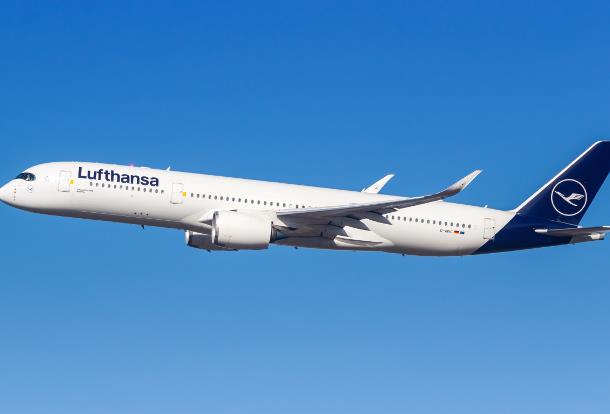
After releasing a plan on the country’s mid- and long-term railway network in a press conference, China’s National Development and Reform Commission (NDRC) posted five articles in a row to voice its support for building an eco-sphere of China’s bullet train economy and promote “High-speed Railway Economy”.
“Stepping up the construction of China’s high-speed railways will not only empower the country’s economic growth and restructuring, but also enhance iefficient investment and consumption. The high-speed railway strategy will supplement China’s railway supply and improve its transport capacity,” said Dongqi Chen, executive vice president of NDRC's Academy of Macroeconomic Research (AMR).
Mengshu Wang, Academician of the Chinese Academy of Engineering (CAE), said that railway construction leads to urban expansion and facilitates development in various industries. It’s one of the best means for countering economic slowdown and should be encouraged.
The Beijing-Shanghai High-Speed Railway earned 23.4 billion yuan (US$3.5 billion) last year with a net profit of nearly RMB 6.6 billion, a sign that the High-speed Railway Economic ecosystem is taking shape. This ecosystem encompasses infrastructure, motor vehicles, transportation, manufacturing related to various high-speed railway, as well as tourism.
China’s travel industry in particular has benefited from the high-speed railway development. A number of securities firms’ research indicated that numerous tour operators have achieved growth thanks to China’s railway network.
The launch of the Beijing-Fuzhou High-Speed Railway on July 1, 2015 extended the source market for the Huangshan (“Yellow Mountain”) Scenic Zone and boosted its revenue, for example.
“Passenger traffic for high-speed railways surged significantly after the inauguration of two major high-speed railway lines in China, while the passenger volume for traditional railways remained constant. The passenger volume of Beijing-Shanghai High-Speed Railway grew by 85% each year and the Jingguangshengang High-Speed Railway (Beijing–Guangzhou–Shenzhen–Hong Kong) registered 50% annual growth. The numbers show that high-speed railways are increasing people’s mobility. The construction of high-speed railways is also propelling China’s urbanization,” said Mr. Chen.
Mr. Wang estimated that China’s total railway investment this year will exceed RMB 800 billion, and that the investment will continue to increase during the “13th Five-Year Plan” period. (Translated by Jerry)




